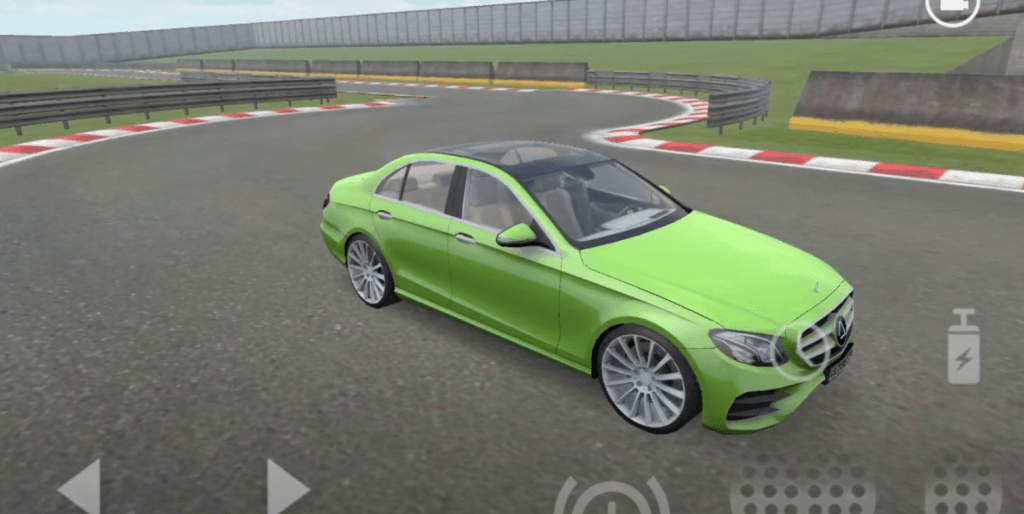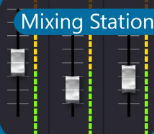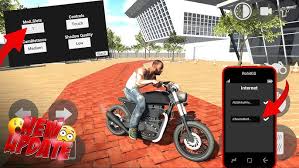Indian Bikes Driving 3D
In the realm of mobile gaming, Indian Bikes Driving 3D Games have carved a unique niche, captivating millions with their open-world action and vibrant Indian flair. Developed by Rohit Gaming Studio, this Android game, reminiscent of the Grand Theft Auto (GTA) series, offers players unparalleled freedom to explore a dynamic cityscape on iconic Indian bikes and vehicles. With realistic graphics, extensive cheat codes, and diverse gameplay modes, Indian Bikes Driving 3D Games deliver an adrenaline-pumping experience. This article explores the game’s origins, mechanics, appeal, and cultural impact, shedding light on its meteoric rise.

Origins and Evolution
Indian Bikes Driving 3D Games first gained traction around 2020, tapping into the growing demand for open-world mobile games in India. Published by Rohit Gaming Studio, the game draws inspiration from GTA’s sandbox style but infuses it with Indian elements, featuring vehicles like the Royal Enfield Bullet and Mahindra Thar. Available on Google Play and third-party platforms like Uptodown, it has seen frequent updates, with version 73 released in June 2025 introducing new maps and features. Its free-to-play model, supported by optional ads, has made it accessible to a wide audience, amassing millions of downloads.
The game’s evolution reflects player feedback, with additions like a moon map for alien battles and modes like Jurassic Park and Zombie. Despite occasional criticism for ad-heavy interfaces or clunky animations, its regular updates and expansive content keep it relevant in the competitive mobile gaming landscape.
Gameplay and Mechanics
Indian Bikes Driving 3D Games offer an open-world environment where players control a customizable character navigating a city filled with ramps, traffic, and missions. The core appeal lies in driving iconic Indian bikes—Splendor, Pulsar, KTM Duke—and cars like the Scorpio or Fortuner, with realistic physics and detailed interiors. Controls are optimized for touch devices: the left thumb handles movement or steering, while the right adjusts the camera or manages acceleration and braking.
The game’s cheat code system, accessed via an in-game phone, is a standout feature. Players can spawn over 80 vehicles, from a Hayabusa (7000) to a helicopter (8000), or even whimsical options like a velociraptor (50) or jetpack (320). Other codes enable super jumps (1215), slow motion (1112), or infinite health (9129), enhancing gameplay variety. Special modes like MegaRamp for stunts, Fun Track for train driving, Jurassic Park for dinosaur encounters, and Zombie Mode for undead battles add diversity.
While the game excels in freedom and creativity, some players note drawbacks like repetitive missions or inconsistent physics, with calls for improved character animations and car customization. Offline play is supported, making it ideal for areas with limited connectivity.
Why It Captivates Players
The allure of Indian Bikes Driving 3D Games lies in its blend of familiarity and escapism. Indian players resonate with the game’s cultural touchstones—bikes like the Apache RTR or cars like the Bolero—while the open-world format offers a fantasy of boundless exploration. The cheat codes inject humor and excitement, letting players ride a Tron Bike (6000) or battle zombies (2030), appealing to both casual and hardcore gamers.
Its accessibility is a major draw. Running smoothly on modest devices, it caters to a broad demographic, from teens to adults. The game’s immersive graphics and sound effects, like roaring engines, enhance the experience, though some criticize low-quality visuals in certain modes. Social media buzz, with players sharing stunts or cheat code discoveries, amplifies its popularity, fostering a vibrant community.
Educational and Cultural Impact
While primarily entertainment-focused, Indian Bikes Driving 3D Games subtly promote digital literacy. Navigating the in-game phone to enter cheat codes or access missions teaches basic interface interaction, useful for tech-savvy youth. The game’s Indian setting fosters cultural pride, showcasing local vehicles and environments, from bustling cities to rural roads.
However, its violent elements, like gangster missions or zombie combat, have sparked debates about age-appropriateness, though no weapons are added via cheat codes. Parents are advised to monitor younger players. The game’s popularity has also inspired content creators, with YouTube tutorials and Twitch streams showcasing stunts or new updates, boosting its cultural footprint.
Challenges and Future Potential
Despite its success, Indian Bikes Driving 3D Games face challenges. Players have called for larger maps, pedestrian interactions, and vehicle theft mechanics to deepen immersion. Ads, especially unskippable ones at launch, frustrate some users, prompting suggestions for an ad-free premium version. Technical issues, like non-functional speedometers or uniform vehicle speeds, also need addressing.
Future updates could enhance customization, such as car modifications, or introduce multiplayer modes for collaborative play. A day-night cycle, as suggested by fans, could add realism. With its GTA-inspired framework, the game has potential to evolve into a more polished experience while retaining its quirky charm.

Conclusion
Indian Bikes Driving 3D Games stand as a testament to the power of culturally resonant mobile gaming. By blending Indian aesthetics with open-world freedom, cheat code creativity, and diverse modes, it offers a thrilling escape for millions. Despite minor flaws, its accessibility, regular updates, and community engagement ensure its enduring appeal. As Rohit Gaming Studio continues to innovate, Indian Bikes Driving 3D Games are poised to remain a beloved staple, inviting players to rev their engines and conquer the virtual streets of India.
